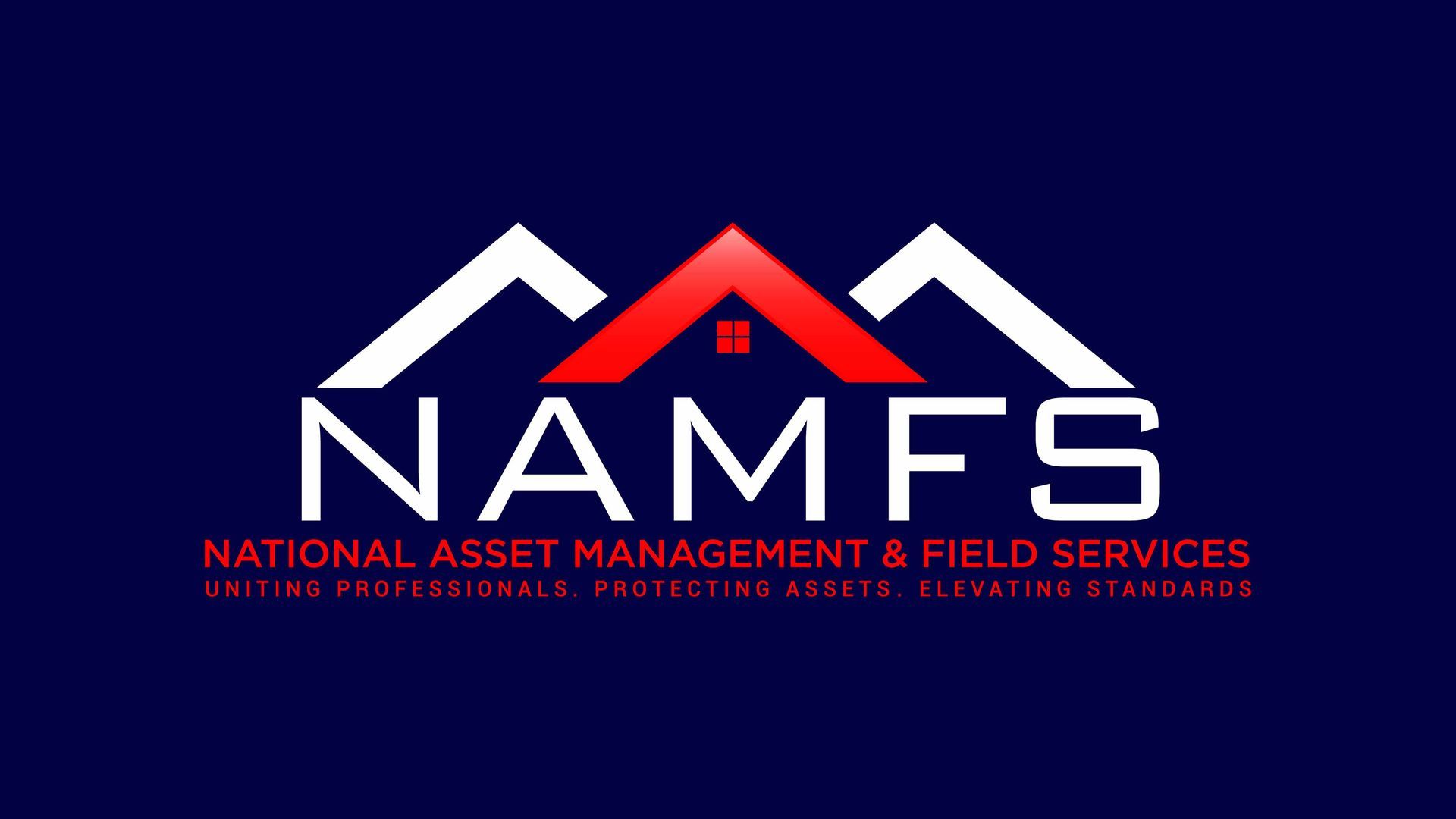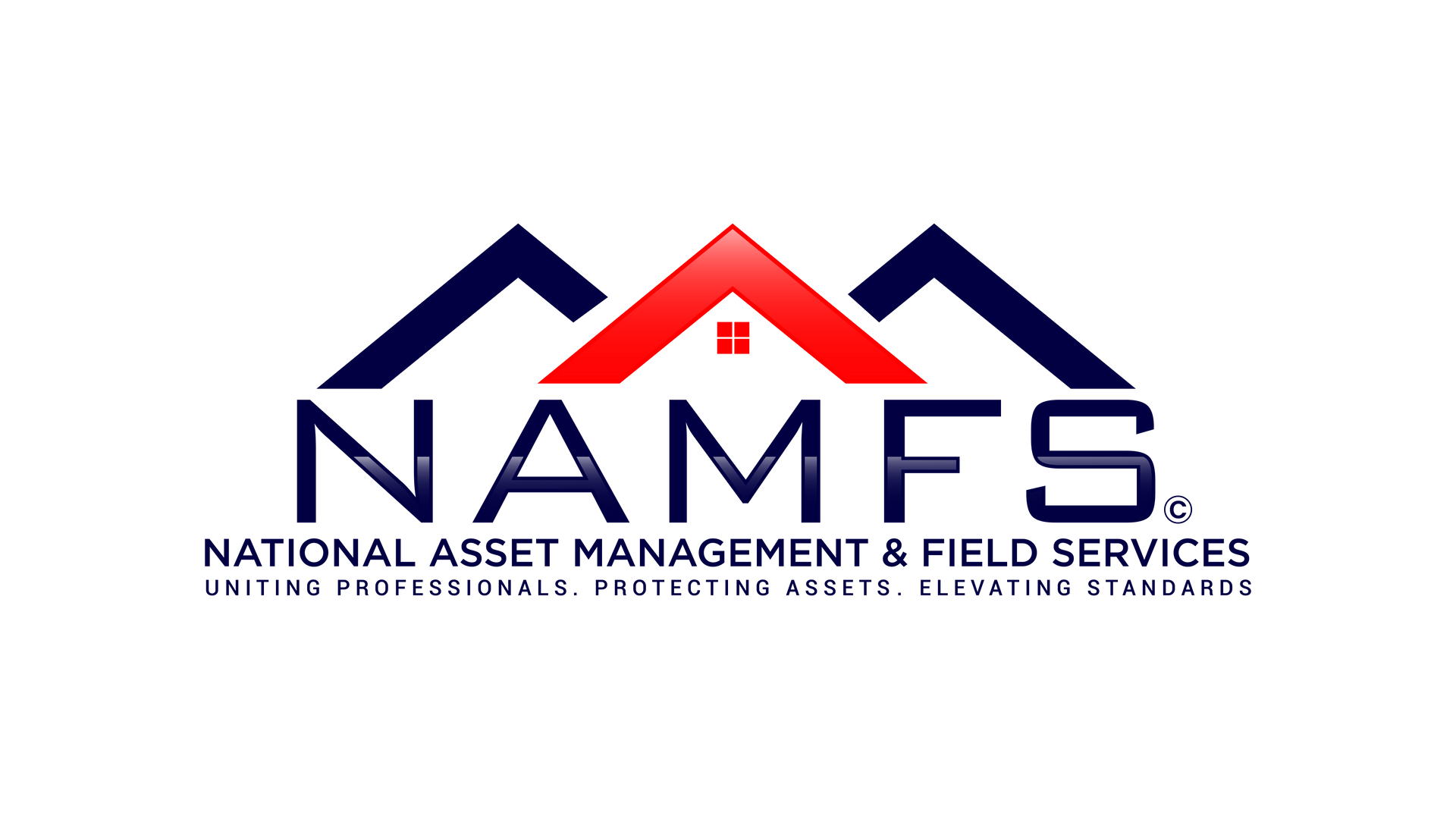Standard Property Inspection Form
Establishing Consistency and Professionalism in Field Reporting
“Inspection data should be consistent, comparable, and complete — every time, for every property.”
Overview
The Industry Standard Inspection Form provides a unified structure for capturing essential field data on mortgage properties — ensuring that every inspection delivers consistent, accurate, and auditable information.
Developed through NAMFS’s collaboration with mortgage servicers, field service companies, and technology providers, the form defines standard fields, photo requirements, and reporting logic designed to streamline data collection, support automation, and eliminate ambiguity.
The form represents the evolution of decades of inspection experience — translating fragmented processes into a clear, standardized data model that supports both field usability and enterprise-scale reporting.
Problem Statement
Inconsistent inspection formats and varying field definitions have long created challenges across the mortgage field services industry:
- Different servicers require custom inspection forms, leading to redundant rework.
- Vendors interpret questions differently due to unclear wording or undefined expectations.
- Photo requirements and labeling vary by client, producing inconsistent visual evidence.
- Data integration across multiple order management systems becomes slow and error-prone.
Without a consistent standard, field inspections yield data that is non-comparable, difficult to automate, and costly to validate.
The NAMFS Industry Standard Inspection Form solves this by defining a core set of standardized fields, photo categories, and validation logic that can be adopted across the industry.
NAMFS Response: The Base Inspection Form
NAMFS’s Base Inspection Form — first released for the 2022 Leadership Summit and refined through ongoing stakeholder feedback — establishes the core framework for industry inspections.
It balances regulatory, operational, and field usability needs, ensuring accuracy while minimizing redundancy.
Core Form Categories
Administrative & Order Information
- Work order number, servicer ID, property address, inspector ID, inspection type
- GPS auto-capture and date/time stamp fields
- Dynamic inspection type codes linked to the Inspection Naming Convention Standard
Occupancy Verification
- Binary (Yes/No) and dropdown logic for Type 1 (Exterior Visual) and Type 2 (Contact Attempt) verification
- Notes field for condition evidence (e.g., vehicles present, mail accumulation, utilities active)
Exterior Condition Assessment
- Roof, gutters, siding, paint, and lawn condition scoring (standardized 1–5 scale)
- Damage type dropdown (fire, flood, vandalism, neglect)
- Photo link fields tied to required categories
Interior Access & Condition (When Applicable)
- Structural soundness, flooring, walls, plumbing, HVAC, and electrical status
- Mold/mildew detection flag
- Hazard reporting (asbestos, biohazard, or safety risks)
Utilities & Safety Verification
- Water, electric, and gas service status
- Utility meter readings (if applicable)
- Health/safety compliance confirmation
Code Violation & Compliance Tracking
- Open violation presence
- Date of last municipal inspection
- Violation follow-up status (open/resolved/pending)
Photo & Media Documentation
- Standardized photo categories:
- Address, Front, Rear, Street View, Damage, Hazards, and Utilities
- Photo metadata fields for filename, timestamp, and GPS coordinates
- Integration-ready structure for video links following the NAMFS Photo & Video Standards (SD)
Inspector Certification & Submission
- Signature, company ID, and certification timestamp
- Automatic validation for required fields before submission
Data Integrity & Automation
To enhance accuracy, the NAMFS Inspection Form incorporates validation logic:
- Mandatory completion for critical fields
- Error flags for incomplete or conflicting data
- Automatic timestamp and GPS validation
- Media count confirmation based on property type and inspection category
This structure supports automated quality control (QC), enabling servicers and technology providers to apply analytics, generate exception reports, and ensure regulatory readiness.
Integration with Other NAMFS Standards
The Industry Standard Inspection Form is built on the foundation of other established NAMFS standards:
- Photo & Video Standards (SD): Defines resolution, metadata, and file structure.
- Inspection Naming Convention & Definitions: Provides standardized terminology.
- Base Property Condition Report: Aligns inspection data for downstream workflows.
- Work Order & Questionnaire Reporting: Synchronizes inspection data with preservation task reporting.
Together, these frameworks create a unified, interoperable ecosystem for mortgage field services documentation.
Benefits to the Industry
- Unified Data Model: Eliminates inconsistent reporting across clients.
- Improved Efficiency: Reduces training time and duplicate work for vendors.
- Automation-Ready: Structured fields simplify data import, audit, and analysis.
- Photo Integrity: Integrated visual standards improve QC and verification.
- Compliance Confidence: Streamlines review for investors, regulators, and insurers.
The Path Forward
NAMFS encourages servicers, field vendors, and software partners to adopt and extend the Base Inspection Form within their existing systems. Future updates will include expanded data dictionaries, standardized dropdown values, and optional AI-ready field tagging for advanced automation.
Download:
NAMFS Industry Standard Inspection Form (Base Template)

